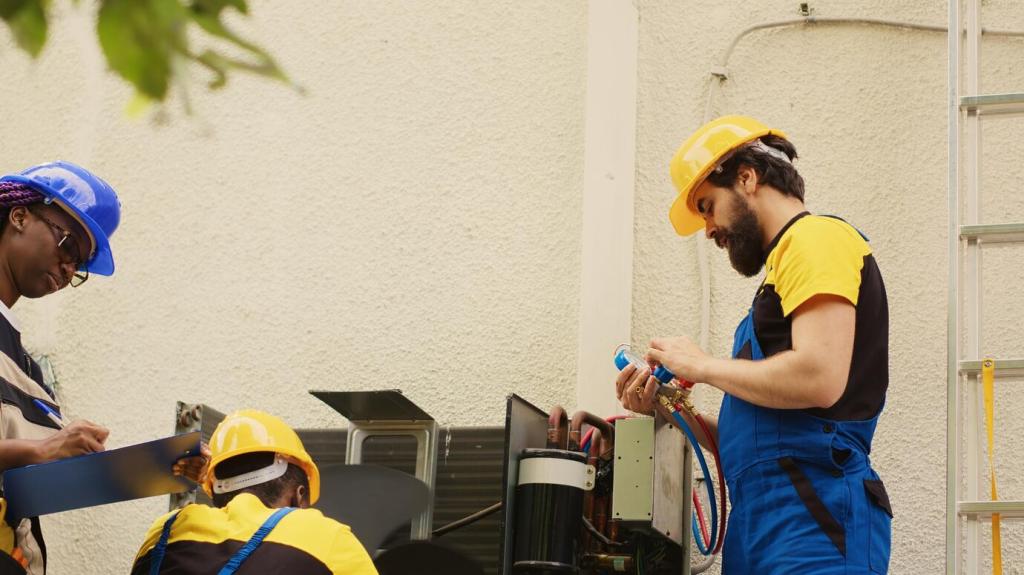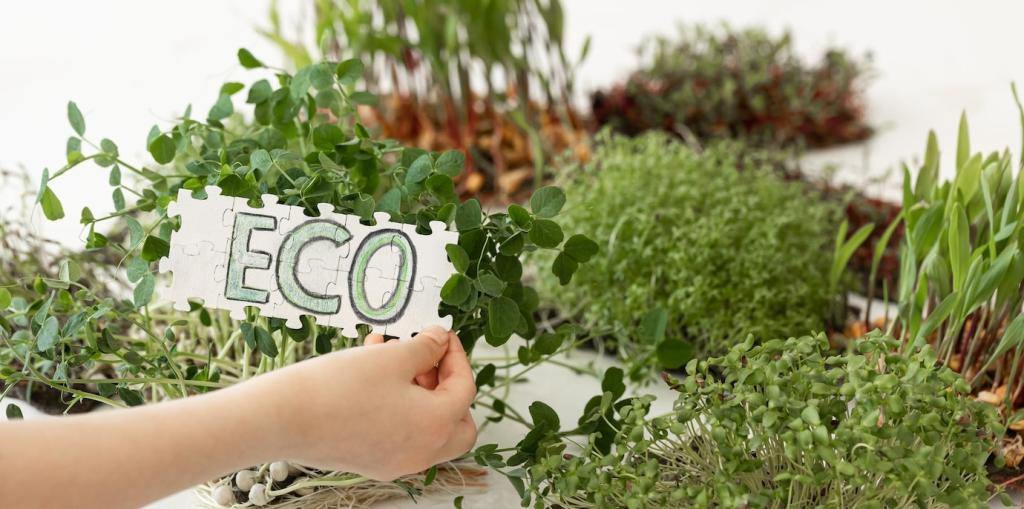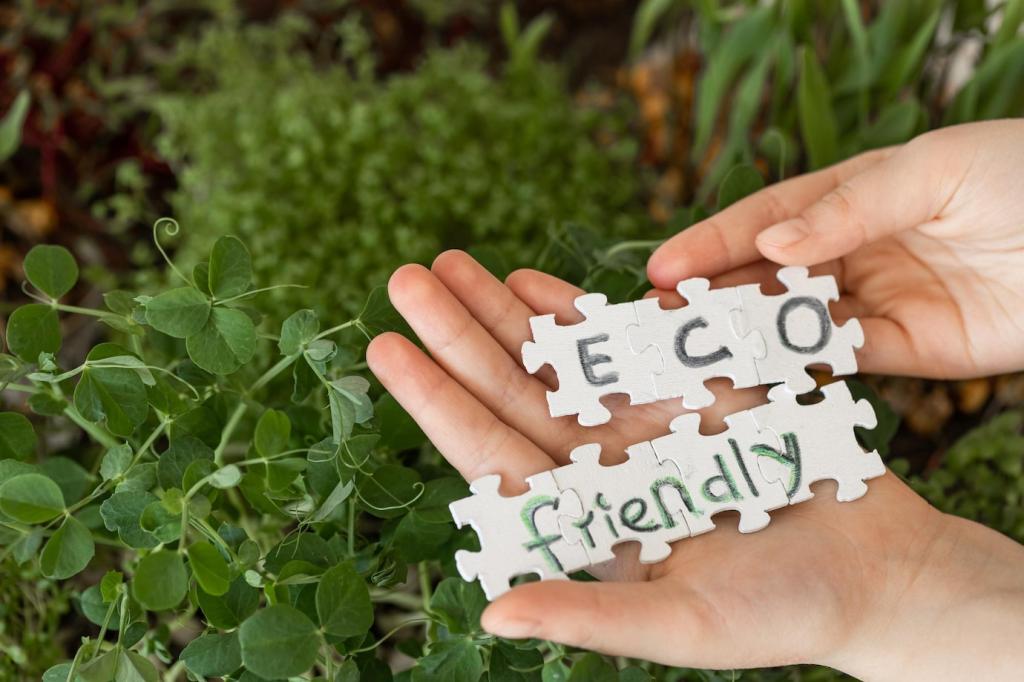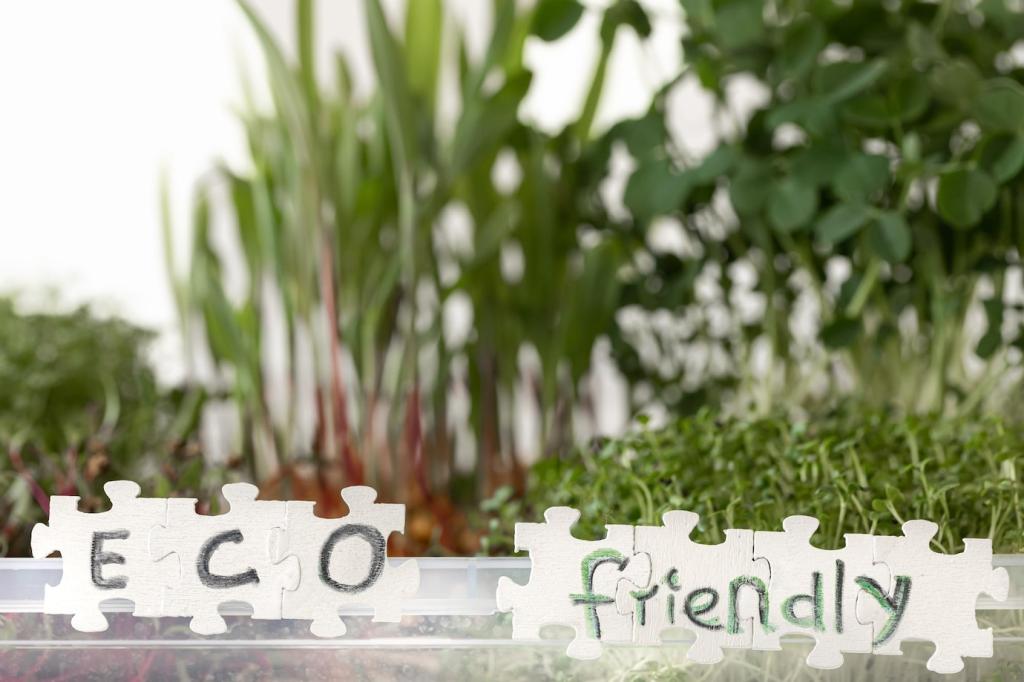Sustainability Beyond the Bottle
Prefer concentrates and refill stations to cut plastic waste and shipping emissions. Durable spray bottles last for years when cared for. Consider glass with protective sleeves. If your neighborhood offers refills, map them for readers and help build a local green-cleaning network together.
Sustainability Beyond the Bottle
Use minimal water on wood and choose tightly woven cloths that shed fewer fibers. Launder cloths in cool water and line-dry when possible. Brief ventilation reduces indoor pollutants without wasting energy. Share your laundry tips to keep cleaning tools effective and environmentally kind.
Sustainability Beyond the Bottle
Eco-friendly cleaners preserve finishes, which means fewer replacements and less furniture in landfills. Gentle maintenance prevents cracks, lifting veneers, and faded fabrics. Celebrate your oldest, best-preserved piece in the comments and inspire someone to repair, not replace, this season.
Sustainability Beyond the Bottle
Lorem ipsum dolor sit amet, consectetur adipiscing elit. Ut elit tellus, luctus nec ullamcorper mattis, pulvinar dapibus leo.










